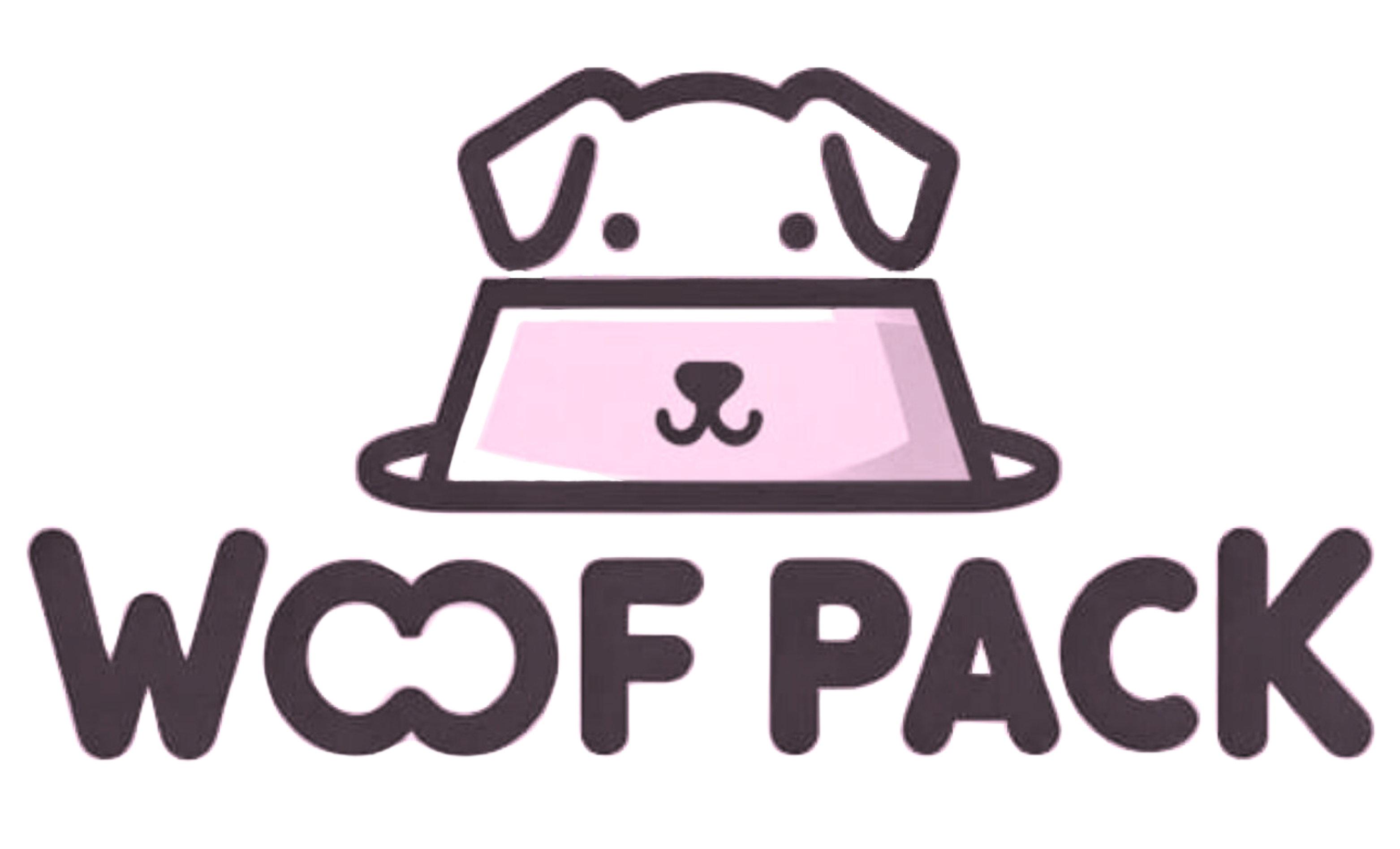Raw dog food diets are controversial. But the popularity of the diets which emphasize raw meat, bones, fruits, and vegetables is rising.
Racing greyhounds and sled dogs have long eaten raw food diets. Extending those feeding practices to the family pet is an idea proposed in 1993 by Australian veterinarian Ian Billinghurst. He called his feeding suggestions the BARF diet, an acronym that stands for Bones and Raw Food, or Biologically Appropriate Raw Food.
-
Shinier coats
-
Healthier skin
-
Cleaner teeth
-
Higher energy levels
-
Smaller stools
Potential risks include:
-
Threats to human and dog health from bacteria in raw meat
-
An unbalanced diet that may damage the health of dogs if given for an extended period
-
Potential for whole bones to choke an animal, break teeth or cause an internal puncture
Since the book "Give Your Dog a Bone" was published, several other types of raw dog food diets have emerged, including commercially processed raw food diets that are frozen or freeze-dried and combination diets that use blends of grains, vegetables, and vitamins that are mixed with raw meat purchased by the owner at the grocery store.
Raw dog food diet: What it is
A raw dog food diet typically consists of:
-
Muscle meat, often still on the bone
-
Bones, either whole or ground
-
Organ meats such as livers and kidneys
-
Raw eggs
-
Vegetables like broccoli, spinach, and celery
-
Apples or other fruit
-
Some dairy, such as yogurt
Raw Dog Food Diet: What the research shows
Lisa M. Freeman, DVM, PhD, headed an evaluation of raw dog food diets published in the Journal of the American Veterinary Association in 2001. She cautions pet owners against them, saying that many dog owners are choosing raw diets based on online myths and scare tactics about commercial pet food.
For pet owners who want to avoid commercial food, Freeman advises a cooked homemade diet designed by a nutritionist certified by the American College of Veterinary Nutrition. A nutrition professor at the Cummings School of Veterinary Medicine at Tufts University, Freeman says that many of the benefits attributed to a raw food diet for dogs, such as a shinier coat, instead are the result of the high fat composition of the typical raw diet. High-fat commercial foods that would produce the same effect are available, she notes, without the risk of an unbalanced diet. Supplements can also be used as an alternative to increasing fat in the diet.
The evaluation looked at five raw diets, three homemade and two commercially available. All had nutritional deficiencies or excesses that could cause serious health problems when given long term, according to the report.
Joseph Wakshlag, DVM, PhD, has seen those problems appear in some dogs as poor coats, bad skin, or weak bones. Too little fat means a bad coat; but too much fat and not enough protein can cause mild anemia, says Wakshlag, an assistant professor of clinical nutrition at Cornell University College of Veterinary Medicine.
Wakshlag says homemade raw diets also may lack enough calcium and phosphorous, causing bone fractures and dental problems. Depending on the quality of the diet, the calcium or phosphorus may also be difficult to properly digest, even if present in adequate amounts.
Studies of raw pet food also have shown bacterial contamination. The FDA issued suggestions in 2004 for manufacturing raw pet food more safely, citing concern about the possibility of health risks to owners from handling the meat. Studies done by the FDA's Center for Veterinary Medicine have found that raw pet food was more likely to contain disease-causing bacteria than other types of pet food that were tested. If you feed your pet raw pet food, the FDA recommends that you thoroughly wash your hands with soap and water for at least 20 seconds after you handle the pet food or touch anything that the raw pet food touched, and disinfect those surfaces.
Raw Dog Food Diet: Concerns Overblown?
